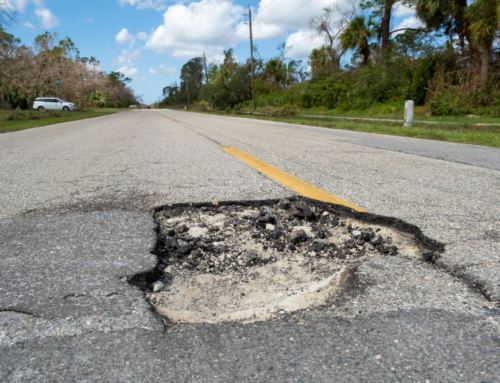When it comes to personal injury cases, understanding the types of damages you can claim is crucial. In legal terms, damages refer to the monetary compensation awarded to an individual who has suffered harm due to another party’s wrongful or negligent actions. These damages are intended to restore the injured party, as much as possible, to their position before the injury occurred. This comprehensive guide will walk you through the various types of damages in personal injury cases, offering insights into how each is calculated and pursued in the legal sphere.
Economic Damages: Tangible Losses
Economic damages, often called special damages, are out-of-pocket expenses that can be easily quantified and proven with documentation. These include medical expenses, which cover the cost of treatment immediately following the incident, and any future medical care related to the injury. It’s important to consider not just immediate bills but also the cost of long-term care, rehabilitation, and any medical equipment needed for recovery.
Lost wages form another significant component of economic damages. If the injury has caused you to miss work, you can claim compensation for the income lost during this period. For severe injuries resulting in long-term or permanent disability, you may also claim loss of earning capacity, which accounts for future income lost due to the injury’s impact on your ability to work.
Non-Economic Damages: The Intangible Impacts
Non-economic damages, or general damages, are awarded for the intangible losses that result from an injury. Pain and suffering are the most common types of non-economic damage, compensating for the physical pain and emotional distress experienced due to the injury. This category can also include mental anguish, loss of enjoyment of life, and the impact on your overall quality of life.
Another significant aspect of non-economic damages is the loss of consortium. You may be entitled to compensation if the injury has affected your relationship with your spouse or partner. This loss reflects the deprivation of the benefits of a family relationship, including companionship, affection, and sexual relations.
Punitive Damages: Punishing the Wrongdoer
Punitive damages are less common and are not linked to the actual harm suffered by the plaintiff. Instead, they are intended to punish the defendant for particularly egregious or reckless behavior and to deter similar conduct in the future. These damages are awarded over and above compensatory damages and are subject to specific legal standards.
Not all personal injury cases are eligible for punitive damages. They are typically reserved for cases where the defendant’s actions were malicious, fraudulent, or grossly negligent. Because punitive damages are meant to punish the wrongdoer, their amount can vary significantly and is often influenced by the defendant’s financial status; a higher amount may be awarded if the defendant is wealthy.
Calculating Damages: The Complex Process
Calculating damages in a personal injury case can be complex, especially when considering future expenses and non-economic losses. Economic damages are generally easier to calculate as they are based on actual financial losses. Medical bills, receipts, and employment records serve as evidence for these expenses.
Non-economic damages are more subjective and vary significantly from case to case. Factors such as the severity of the injury, the impact on the victim’s daily life, and the duration of their pain and suffering are considered. In some jurisdictions, there are caps on the amount of non-economic damages that can be awarded.
The Role of Comparative Negligence
In many personal injury cases, comparative negligence comes into play. This legal principle reduces the amount of damages you can recover based on your percentage of fault in the incident that caused your injury. For example, if you are found to be 20% at fault for the accident, your total damages will be reduced by 20%.
The application of comparative negligence varies by state. Some states follow a “pure” comparative negligence rule, allowing you to recover damages even if you are 99% at fault, while others follow a “modified” rule, which may bar recovery if you are more than 50% or 51% at fault.
Conclusion
Understanding the different types of damages in a personal injury case is essential for any victim seeking justice and compensation. Economic and non-economic damages cover the tangible and intangible losses, respectively, while punitive damages are a punishment for egregious wrongdoings. Calculating these damages involves carefully assessing the injury’s impact on your life and may be influenced by your role in the incident.
If you or a loved one has been injured due to someone else’s negligence, it is vital to understand your rights and the types of damages you may be entitled to. Our experienced legal team is here to help you navigate the complexities of your personal injury case and ensure that you receive the full compensation you deserve. Contact us today for a consultation, and let us advocate for your rights and your future.








